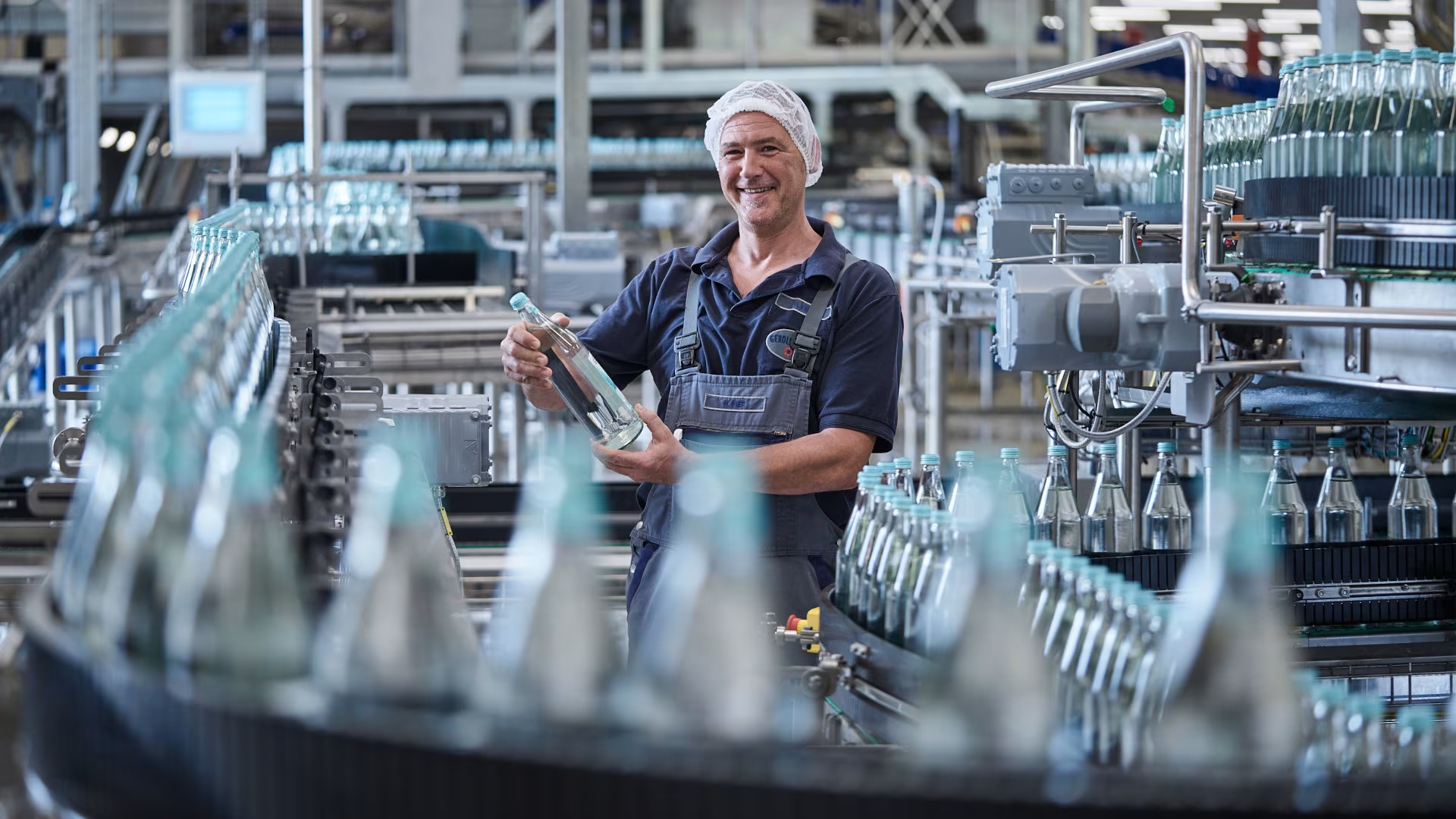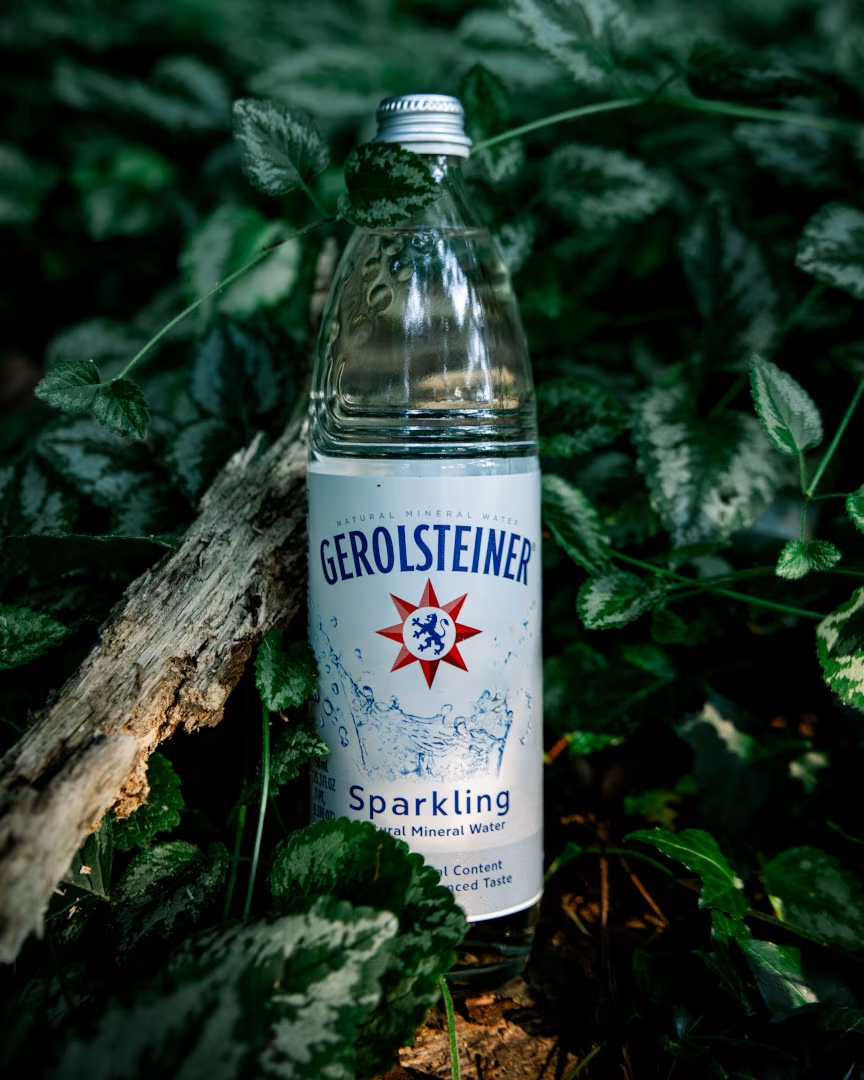
Production of mineral water
From the source to the consumer
Valuable minerals, refreshing taste and purity: All carefully preserved so what Nature produces deep in the earth remains unaltered when bottled for you. Gerolsteiner arrives just as fresh and pristine to you as when it’s collected from the depths of the Volcanic Eifel. To guarantee this, each individual production step is monitored – from the source to filling the bottles – by qualified staff and with the help of the latest technology. Chemical analyses and microbiological investigations take place as part of product control. As natural mineral water, Gerolsteiner water is among the most strictly controlled foodstuffs, in accordance with the Mineral and Table Water Ordinance (MTVO) of Germany.
Germany’s most popular natural mineral water comes from Gerolstein in the heart of the Volcanic Eifel, hence it’s name: Gerolsteiner. Mineral water is one of nature’s precious miracles. It is formed over many decades from rainwater, which is purified and filtered by slowly trickling through layers of bedrock, all the time absorbing valuable carbonic acid and minerals.
Prior to filling with water, the bottles are first preloaded with CO2 in order to stabilise the pressure. Then each bottle is filled with the designated amount of water. The filled bottle is then transferred to the capper, where is it capped and sealed. Then the fill height is checked, and underfilled or incorrectly sealed bottles are discharged.
The paper labels for the glass bottles are painted with glue and applied to the bottles by grippers. The cap is topped with a paper security seal, which is first opened by the consumer. On the PET bottles, the labels are tubular. They are processed at two stations; first a best-before date is applied on bottles by lasers. Secondly, the labelling machines stretch out the labels and pull them over the bottles. At the end of the process, inspections are conducted to check that the best-before date, the filling plant information and the filling time are all accurate, and whether the label is correctly applied.
The bottles are distributed onto conveyor belt lanes and get deposited into the crates by grippers. The filled crates are then subjected to a thorough inspection.
A "palletizer" grabs the bottle-filled crates from the conveyorbelts and packs them in layers onto pallets.
All pallets are clearly labled. An encoded bar code on each label contains the product data so distribution from packing house to retail markets can be tracked.
The packed pallets are strapped and stacked; ready for transport. Forklift trucks load the pallets onto the trucks for immedidate transport or for intermediate storage in our warehouses.
Technology and innovation
 © Maximilian Lehrke Photography
© Maximilian Lehrke PhotographyEach step of the production process is closely monitored to ensure the water’s purity. The aim of Hazard Analysis Critical Control Points (HACCP) analysis is to ensure quality and safety throughout production, packaging and the sale of foods and beverages. Critical control points (CCP) identified by the analyses are monitored continuously and the tests are documented.
Gerolsteiner has always claimed that the best products also deserve to be supported by the best technology. Whether it’s the development of innovative packaging, selection of materials, perfection of product safety or bottling technology – Gerolsteiner always aims to find the best solution.
water knowledge
Minerals in mineral water
Find out what makes natural mineral water so special and where it comes from.
find out more about minerals